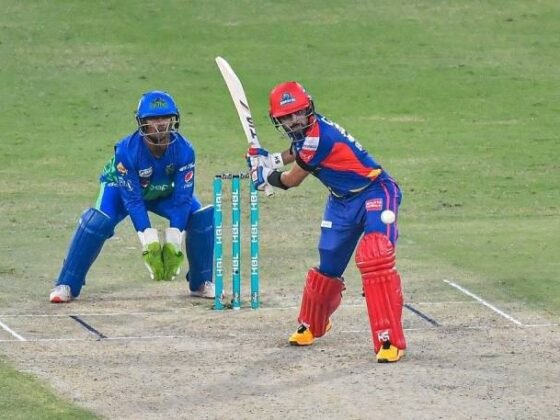Harvest Moon 2017 Shines Tonight Amid Planetary Show. In the predawn hours, then you are going to find another celestial series with Mars and Venus close together in the eastern skies.
Harvest Moon 2017 Shines Tonight Amid Planetary Show
The moon reaches its whole stage at 2:40 p.m. EDT (1840 GMT), however, casual observers will observe little difference after tonight. Describes the first full moon after the autumnal equinox, which happened on Sept. 22. The title of this moon, however, might change, depending on which civilization’s literature you consult.
Harvest moons are infrequent in October, and they’re set to happen only 18 occasions between 1970 and 2050; typically the entire moon happens much nearer to the autumnal equinox, which could create the Harvest Moon autumn in late September. \
Full moons happen when the moon is on the other side of Earth to sunlight. If the 3 bodies line up exactly, an eclipse may happen that turns out the moon dark reddish or brown. Typically, but the entire moon is fully illuminated by sun, providing an outstanding view of a few of the features on its surface.
Read More: 5 Stupid Things That Happen If You Don’t Sufficient Sleep!
The moon’s experience with Neptune is best seen from New Zealand, Tasmania and the region east of Melbourne, Australia, once the moon moves in front of the world in Earth’s skies. (This can also be referred to as an occultation.) Back in Christchurch, New Zealand, the occultation begins at 1:26 a.m. local time on Oct. 4 and finishes at 2:39 a.m.. At East Sale, Australia, the occultation begins at 11:18 p.m. and finishes at 11:46 p.m. Observers in Hobart, Tasmania, will observe the occultation beginning at 10:58 p.m. and finish at 11:55 p.m.
Observers on the East Coast of North America will not find the series in any respect, but on the West Coast, the moon passes from Neptune just until 4 a.m. PDT, marginally before moon collection. You’ll require a solid pair of binoculars or a small telescope to find the world, which is very faint at magnitude 7.8.
Even when you can not see Neptune, you will find more planets to test out at the predawn hours. Have a look at the predawn skies, to the east, to watch reddish Mars and white-yellow Venus shining near the constellations Leo and Virgo, near the horizon.
Though the brightness of the entire moon blots out fainter stars and objects in the skies, it features a fantastic chance to do a few observations on its own surface.
A few things you may search for include light areas (rock layers which drifted into the moon’s surface once the moon had magma oceans), shadowy areas or maria (that were formed when lava chilled at the base of craters) and the glowing crater Tycho in the bottom-left corner of this moon. Using a telescope or binoculars, you could even explore a few of the characteristics on the moon which were mapped in high resolution by NASA’s Lunar Reconnaissance Orbiter.
While the whole close side of the moon is visible during a complete moon, some observers favor taking a look at attributes when only a portion of it’s illuminated. This is only because the light reflecting off the outside may obscure a few of the attributes. Instead, seasoned observers frequently prefer nights when a part of the moon is in darkness. Together the terminator (the day-night lineup), shadows on ridges and craters create attributes pop out.










